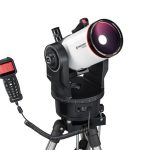Astrophotography is one of the most rewarding ways to enjoy the night sky—but capturing celestial wonders requires the right gear. Whether you’re aiming to photograph the Moon, planets, or distant nebulae, choosing the right telescope can make all the difference. Here’s a look at the top 5 telescopes for astrophotography in 2025.
1. Celestron RASA 8 V2 (Rowe-Ackermann Schmidt Astrograph)
Best for Wide-Field Deep-Sky Imaging
- Aperture: 203mm (8”)
- Focal Length: 400mm
- Focal Ratio: f/2.0
- Type: Catadioptric Astrograph
With its ultra-fast f/2.0 optics, the RASA 8 V2 captures faint galaxies and nebulae in record time. Designed specifically for use with dedicated astrophotography cameras, it’s perfect for those who want stunning deep-sky images with minimal exposure times.
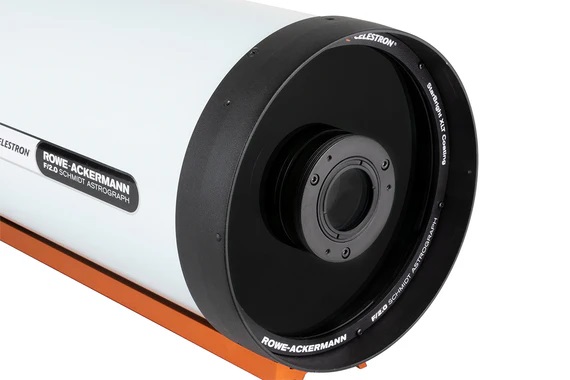
2. Sky-Watcher Esprit 100ED Triplet APO Refractor
Best for Color Accuracy and Sharpness
- Aperture: 100mm
- Focal Length: 550mm
- Focal Ratio: f/5.5
- Type: Apochromatic Refractor
This premium triplet refractor delivers crisp, color-accurate images with minimal chromatic aberration. Its built-in field flattener makes it ideal for full-frame astrophotography. Pair it with a sturdy equatorial mount for professional results.
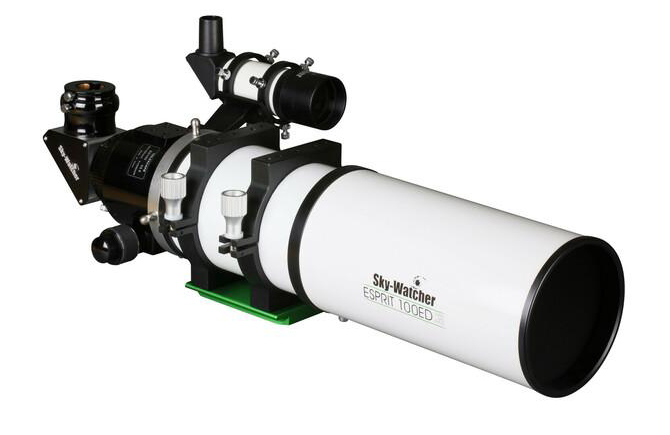
3. ZWO SeeStar S50 Smart Telescope
Best Smart Telescope for Beginners
- Aperture: 50mm
- Focal Length: 250mm
- Focal Ratio: f/5.0
- Type: Refractor + AI Integration
ZWO’s compact, all-in-one SeeStar S50 integrates auto-alignment, auto-focus, and image stacking with a smartphone app. It’s perfect for beginners who want stunning shots with minimal setup.
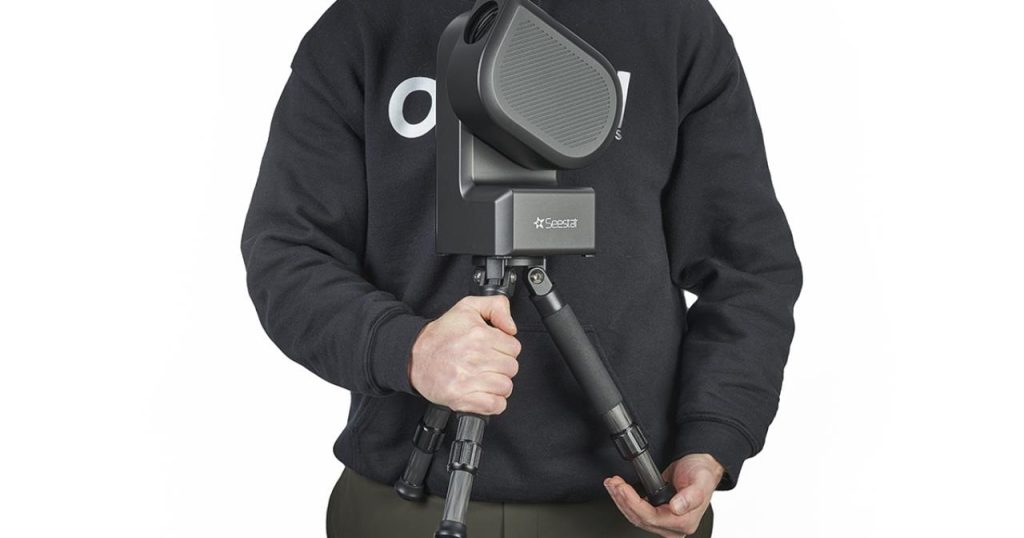
4. Unistellar eVscope 2
Best for Urban Astrophotographers
- Aperture: 114mm
- Focal Length: 450mm
- Focal Ratio: f/4.0
- Type: Reflector (Digital Hybrid)**
This “smart” telescope combines digital sensors with light amplification technology, making it ideal for light-polluted areas. The eVscope 2 is great for capturing galaxies and star clusters without needing a dark-sky location.
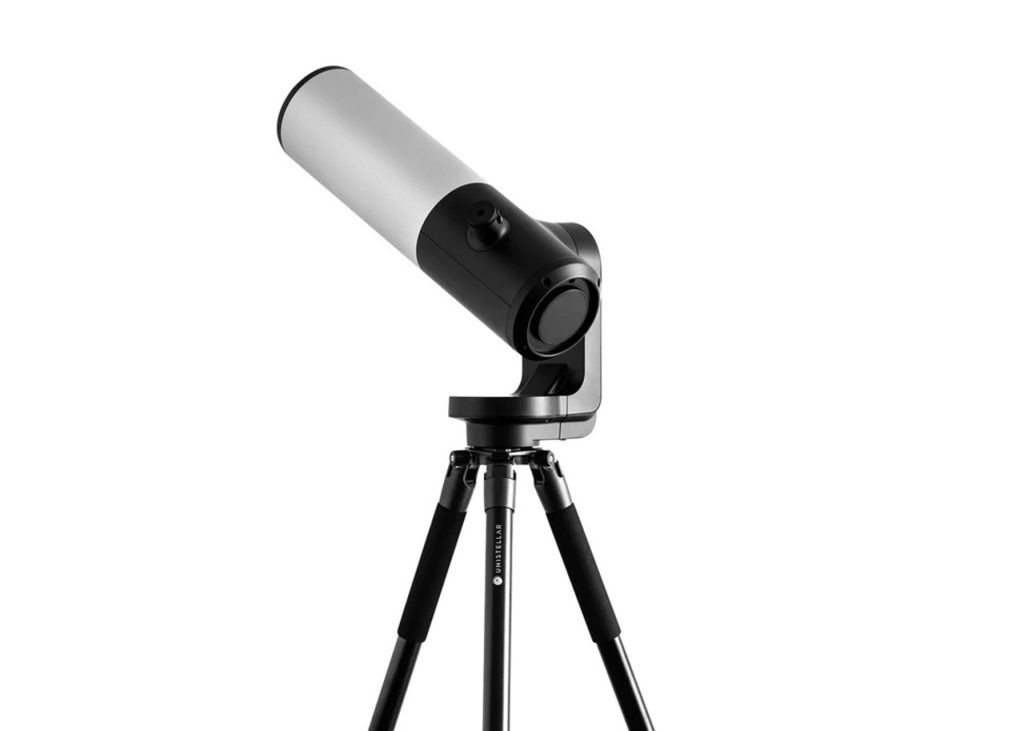
5. William Optics RedCat 71 APO
Best Portable Option for Traveling Astrophotographers
- Aperture: 71mm
- Focal Length: 350mm
- Focal Ratio: f/4.9
- Type: Apochromatic Refractor
Lightweight and compact, the RedCat 71 is a travel-friendly refractor that punches above its weight. It’s optimized for flat-field astrophotography and works beautifully with DSLR and mirrorless cameras.

Tips for Astrophotography Success
- Use an equatorial mount with tracking for long exposures
- Invest in auto-guiding systems for sharper images
- Use image stacking and editing software like DeepSkyStacker or PixInsight
- Always check the Bortle scale to find the darkest skies possible


